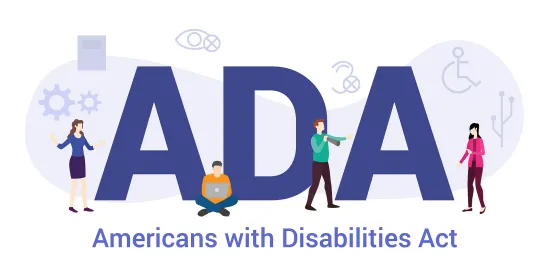Must a student with a disability prove that their school acted in “bad faith” to win a discrimination case? Until now, courts in some parts of the country said yes, requiring disabled students to meet a higher standard than other litigants bringing a civil rights claim. But in a unanimous decision issued on June 12, 2025, the U.S. Supreme Court rejected that rule, holding that students suing for damages under the Americans with Disabilities Act (ADA) or Section 504 of the Rehabilitation Act—a federal law that prohibits disability-based discrimination by programs receiving federal funds—are entitled to the same legal standards that apply for disability discrimination claims outside of educational services context, like employment and public access to government services.
The case, A.J.T. v. Osseo Area Schools, involved a teenager with severe epilepsy who could only attend school in the afternoon. Her district refused to adjust her schedule — and when her parents sued under the ADA and Section 504 and sought damages, the lower courts said they had to prove the school acted with “bad faith or gross misjudgment,” a high bar.
The Supreme Court disagreed. Writing for a unanimous Court, Chief Justice Roberts made clear: there is no special, heightened intent standard just because the case involves education. Disabled students — like any other plaintiffs — can prevail on an intentional discrimination claim by showing “deliberate indifference,” not an ulterior motive. The Court acknowledged what it described as the “daunting challenges” students with disabilities face on a “daily basis.” But it emphasized that “those challenges do not include having to satisfy a more stringent standard of proof than other plaintiffs to establish discrimination under Title II of the ADA and Section 504 of the Rehabilitation Act.”
Implications for Public Schools
- Greater likelihood of legal challenges and OCR investigations: With a lower burden of proof, families may be more inclined to pursue claims (for example, in cases involving denial of services, shortened instructional time, or exclusion from school programs).
- Deliberate indifference replaces bad faith as the key threshold: Plaintiffs no longer need to prove malice or ill intent. Instead, liability may arise where school officials “disregarded a strong likelihood that the challenged action would result in a violation of federally protected rights,” as the Supreme Court articulated. This is the same legal standard used in disability cases involving public healthcare, correctional facilities, and other contexts— and now governs the provision of accommodations for disabled students in public education as well.
- Good faith no longer insulates districts from liability: Even well-intentioned decisions may result in legal exposure if schools fail to meet the known needs of students with disabilities. The focus now rests on whether the denial of services or accommodations reflects deliberate indifference, not the motivations behind it.
- Flexibility is key in meeting accommodation obligations: School districts should reexamine rigid policies around instructional hours, staffing, and service delivery. Administrative convenience resulting in denying students with disabilities access to education risk exposure to litigation. In some cases, creative scheduling or individualized service models may be prudent for districts to ensure compliance with federal law.






 />i
/>i

